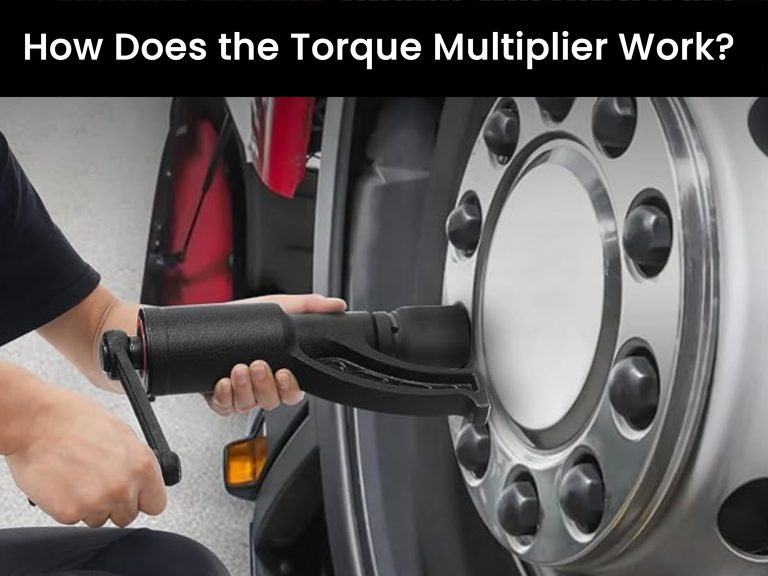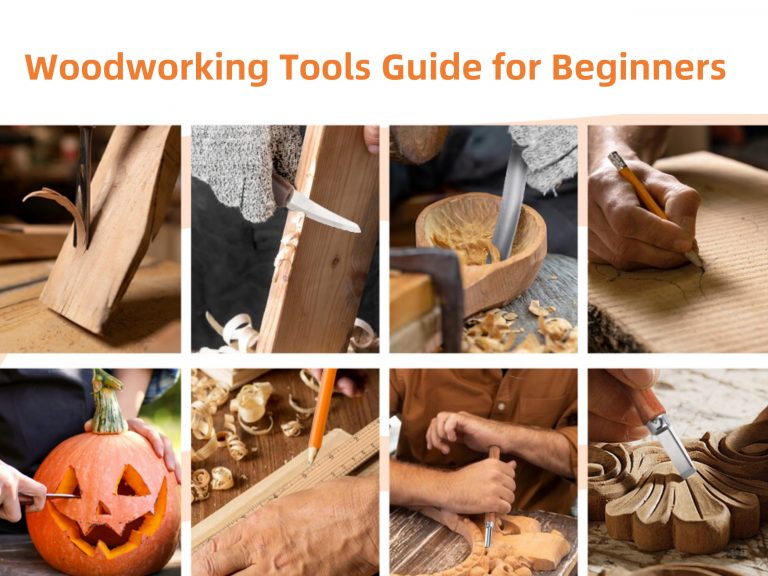Why Do We Use Torque Wrenches?
An instrument called a torque wrench is used to provide a bolt or nut with a precise amount of “tightness” or torque. Torque wrenches are commonly shaped like socket wrenches and include an internal mechanism that can be externally modified to provide a variety of torque settings. What makes torque wrenches necessary for mountain bikes, then? Similar to automobiles or aircraft, several bike parts must be sufficiently adjusted to prevent loss. In addition, overtightening a certain component runs the risk of breaking the part. To determine how tight the bolts are on the torque-sensitive parts of your bike, a torque wrench is a useful tool to have.
On your mountain bike, torque-sensitive areas.
Today’s mountain bikes are made entirely of lightweight materials like titanium and carbon, thus utilizing a torque wrench is practically required to avoid damaging those incredibly light components. You’ll want to use a torque wrench on almost everything on your bike after you’ve developed a solid habit of using one. The cockpit is one of the most crucial and torque-sensitive parts of your mountain bike. It’s crucial to avoid overtightening the stem clamping bolts that secure carbon handlebars in particular. Carbon handlebars can shatter or split if they are overtightened. It is recommended by Deity that the maximum torque range for the Skywire Carbon handlebars be between 4-4.5 Nm. Remember that the torque range varies depending on the manufacturer and kind of handlebar.
Derailleur
Some certain bolts and threads require extra caution than others. One of those places is where your derailleur mounts to the derailleur hanger. The torque specification is conveniently located on the outside of the bolt head thanks to Sram. Sram advises 10–12 Nm for all Eagle 12-speed derailleurs.
Suspension Linkage
Every piece of hardware on your full-suspension mountain bike that is attached to the frame is another extremely torque-sensitive region. Ensuring that every bolt and linkage axle on the frame is torqued appropriately is crucial to prevent binding of the suspension system and premature bearing wear. It’s possible that the bearings or bushing are too preloaded if part of the linkage hardware is over tightened. You can be destroying those bearings even while the suspension system is operating without a hitch. It is not an issue with a torque wrench.
Crankset
The crankset on your mountain bike is another part that is torque-sensitive. Crank arms and threaded bottom brackets call for a far higher torque than most other parts of your bike. It is recommended by Sram that the cranks be tightened to 54 Nm when using the new DUB crankset. This is where having a torque wrench with a larger torque range, such as the Park Tool TW-6.2, is useful. Even if you might not use them as frequently, having them in your toolbox is still useful.
Tips on Using Your Torque Wrench
l Generally speaking, using a torque wrench is not too difficult. The majority of torque wrenches of the clicker kind include a 1/4″, 3/8″, or 1/2″ socket drive, allowing you to utilize any kind of attachment. Numerous conventional and specialized tools are compatible with your torque wrench, such as hex key socket bits and Park Tool BBT-79 bottom bracket socket tools.
l After obtaining the appropriate attachment or bit, proceed to adjust the torque setting on the torque wrench handle. To be safe, while using a torque wrench for the first time, it’s a good idea to start with a torque setting that’s around 20% lower than what is advised to get a feel for how that specific torque wrench works. You may then gradually increase to the ultimate torque level.
l It’s crucial to apply the same amount of tension to each screw when working with several fasteners on the same item, such as the twin crown pinch bolts or the stem faceplate. Once more, begin with a little lower torque level and make sure the faceplate is centered before working your way up to the ultimate torque setting while tightening the stem bolts that connect your handlebars. One bolt at a time, all the way down, is what you do not want to do. This might make the component bind, which could then possibly come free once you start riding.
l Resetting the torque setting to zero is the final thing you want to do before storing your torque wrench. This is a wonderful habit to get into and will keep your torque wrench recording more accurately for longer.
Which Torque Wrench Should I Buy?
l Park Tool TW-6.2 Torque Wrench
The Park Tool TW-6.2 is a clicker-style torque wrench that employs a 3/8-inch drive socket head and has a 10-60 Nm (88-530 inch pounds) range. Cranksets, center lock brake rotors, threaded bottom brackets, and other applications requiring higher torque are the target markets for this torque wrench. The TW-6.2 comes with its casing with conversions from Nm to inch pounds and is compatible with both left and right-hand threads.
l Park Tool TW-5.2 Torque Wrench
The Park Tool TW-5.2, which has a 3/8-inch drive socket head and a 2-14 Nm range (18-124 inch pounds), is the younger sibling of the TW-6.2 above. When it comes to parts such as brake caliper bolts, brake lever mounting hardware, stem and handlebar hardware, etc., the TW-5.2 torque wrench will be utilized more frequently than the other one. Together with its casing, the TW-5.2 is also compatible with both left and right-hand threads.
l Part Tool ATD-1.2 Torque Wrench
An easy-to-use solution to avoid overtightening various fasteners is the Part Tool ATD-1.2 adjustable torque driver. A range of 4-6 Nm in increments of.5 Nm is provided by the ATD-1.2. The bits for this torque driver are neatly stored in the handle and include 3mm, 4mm, 5mm, and T25 sizes. When not in use, the magnetic sockets firmly retain each bit in place. Best used with seat post clamps, chain guide mounting hardware, and brake lever mounting hardware, the ATD-1.2 is a handy and simple-to-operate device.



